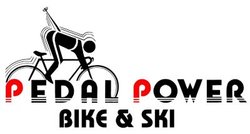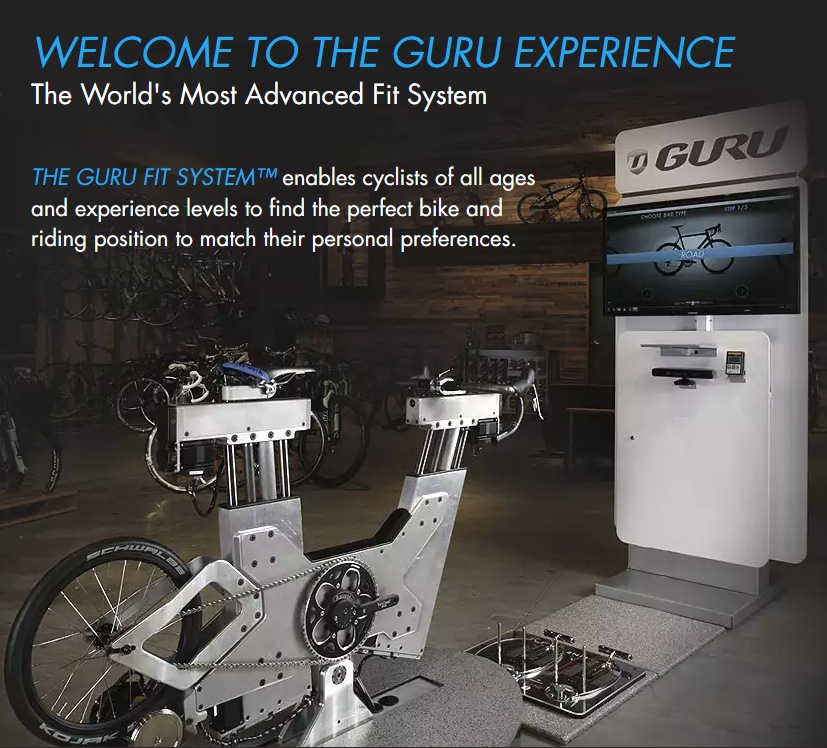About Pedal Power Fitting Appointments
1. All fittings require an advance appointment.
.
2. In addition to a comprehensive Bike Posture Analysis using the motorized, computerized, GURU Dynamic Fit Unit, a Pedal Power - GURU Fitting includes:
A. Cleat Analysis (fore and aft, side to side, and rotational), as well as
B. Knee Alignment using footbeds, wedges, or spacers if needed.
.
3. COST - A GURU Fitting costs
A. Road, Hybrid, Mountain: $350
B. Triathlon: $400. Note: There are more parts to install, adjust and measure on triathlon bikes – arm rest spacing, height, and rotation; extension length, width, height and rotation; and base bar width, height, and rotation.
C. If, within 3 months, you buy a new bike from Pedal Power, you’ll receive a credit towards additional merchandise (not the bike) on a sliding scale based on the cost of the bike.
.
4. TIME - GURU Fittings take between 2 and 3 hours.
A. They are time and attention intensive for both the fitter, and the client.
B. Therefore, we ask that during the active phases of the fitting, you plan to turn OFF your cell phone to prevent distractions.
C. Ordinarily, for the same reason, fittings cannot be done on weekends.
D. Appointments are made for afternoons only.
E. Typically, there are no appointments on Wednesdays.
.
5. LABOR - Your GURU fitting includes transferring straightforward position adjustments to one actual bike.
A. Transfer of all measurements to a new Pedal Power bike is free except for the cost of any new or different parts themselves.
B. However, transfer to any other bike may incur additional labor charges.
C. There would be no additional labor charge for changing a stem, saddle, or pedals.
D. But replacing cables because of a change in cockpit positioning will incur a charge for both parts and labor, as would re-wrapping handlebars.
.
6. PARTS - All new or replaced parts are extra.
A. We make every effort to re-use your existing equipment, but it often turns out that some new parts will be needed.
B. As an example, saddle replacements are necessary in 40% of fittings, and stem replacements are even more common.
C. Other parts that sometimes need to be replaced include shoes, riding shorts, handlebars, pedals, and even cranksets.
.
7. BRING - Every fitting client should plan to bring the following:
A. Their present bike if they have one.
B. All of their intact cycling shoes with the appropriate (clipless) pedals.
C. Cycling shorts, or the shorts they ride in.
D. Snug fitting short sleeve top. A regular cycling jersey is useable, but less than ideal because the back pockets can obscure some observations.
E. All of the saddles with which they’ve had any success.
F. A towel, especially if they tend to sweat. They will be working hard.
G. A water bottle (see above).
.
.
NAME: _____________________ TEL#:_____________________
CELL#:_____________________ DATE:_____________________
TIME: ______________________ DAY OF WEEK:____________
TYPE OF BIKE: ______________________ ROAD MTN HYB TRI

